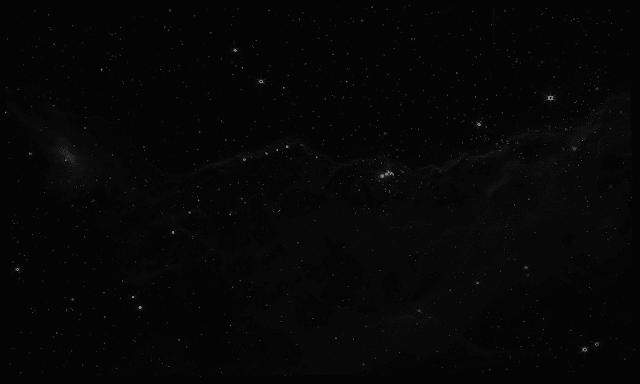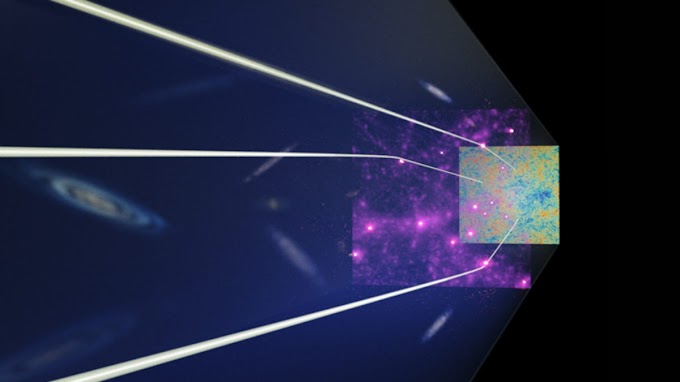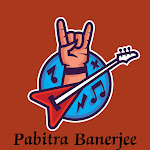JWST only can capture the Infrared Light, which Human Eyes can't see . So what makes the Images captured by JWST so Dazzling ? Are colors of JWST Images are Fake ?
12th July 20222, James Webb Space Telescope showed countless Nebulae, Galaxies and a gassy Exo-Planet's first full-color images, which we had never been seen before . But all we know that — Webb only can capture infrared and near-infrared light, which human eyes can't see . So , now the question is — From where these dazzling colors are coming ?
The team of Image-Developer of the JWST are tasked with turning the Infrared Image's data into some of the most vivid views of the Cosmos, we've ever had . They assign various infrared wavelengths to colors on the visible Spectrum . But the processed images from the Team aren't literally what JWST saw, they're hardly inaccurate .
“ Something I’ve been trying to change people’s minds about is to stop getting hung up on the idea of ‘is this what this would look like if I could fly out there in a spaceship and look at it ? ’” said Joe DePasquale, a senior data Image-Developer at the Space Telescope Science Institute . “ You don’t ask a biologist if you can somehow shrink down to the size of a cell and look at the coronavirus .”
 |
| Mid-infrared (left) and near-infrared (right) views of a lensing galaxy cluster, SMACS 0723. Image: STScI |
JWST's first test images helped to check its Mirror's alignment . It captured an orange-tinted shot of the Large Magellanic Cloud . Those early images were not representative color images . One used a monochromatic filter and it translated infrared light into the visible color bands . So now the team could see certain features of the Magellanic Cloud, they imaged .
Astronomy is often done outside the outside visible spectrum . It is why because, many of the most interesting objects in the Space are shining brightly in UltraViolet, X-rays and even Radio Waves . JWST is designed to see Infrared Light, whose wavelengths are longer than Red visible light but shorter than Microwaves .
Also Read :: James Webb Space Telescope ( JWST ) has spotted its First Supernova . But it was not Designed for this
Infrared Light can penetrate Thick Clouds of dust and gas in space . It allows Scientists to see previously hidden secrets of the Universe . Especially intriguing to Scientists is that — Light from the Early Universe has been stretched as the Universe has expanded . That means – what was once UV or visible light, may now be Infrared .
 |
| The wavelengths of the electromagnetic spectrum. Graphic: Wikimedia Commons |
“These are instruments that we’ve designed to extend the power of our vision, to go beyond what our eyes are capable of doing to see light that our eyes are not sensitive to, and to resolve objects that we can probably see with just our eyes,” DePasquale said. “I’m trying to bring out the most detail and the most richness of color and complexity that’s inherent in the data without actually changing anything.”
JWST's raw images are so laden with data which they need to be scaled down before they can be translated into visible light . These images also need to be clean from artifacts like Cosmic Rays and Reflections from Bright Stars which hit the telescope's detectors . If we look at raw image before processing, it'll look like a black rectangle peppered with some white dots on it .
 |
| A raw image of the Carina Nebula as seen by NIRCam, before the infrared light is translated into visible wavelengths. Image: Space Telescope Science Institute |
Also Read :: Just Only Two Weeks in the space : Webb Space Telescope is Reshaping Astrophysics
“I think there’s some connotations that go along with ‘colorizing’ or ‘false color’ that imply there’s some process going on where we’re arbitrarily choosing colors to create a color image,” DePasquale said. “Representative color is the most preferred term for the kind of work that we do, because I think it encompasses the work that we do of translating light to create a true color image, but in a wavelength range that our eyes are not sensitive to.”
Long infrared waves are assigned Redder color and the Short infrared waves are assigned Bluer color . This process is called Chromatic-Ordering . The Spectrum is split into as many colors as the Team needs to capture the Full-Spectrum of light depicted in the Image .
Also Read :: James Webb Space Telescope ( JWST ) is trying to Proff Hawking's Theory of Multiverse . Check out How ?
“We have filters on the instruments that collect certain wavelengths of light, which we then apply a color that is most closely what we think it will be on the visible spectrum .” said Alyssa Pagan, a science visuals developer at the Space Telescope Science Institute .
The Chromatic-Ordering depends upon what elements are being imaged . When working with Narrow-Band wavelengths in optical light — Ionized Hydrogen, Sulfer and Oxygen ; Pagan suggests — The latter two both emit in Red . That means the Hydrogen might get shifted to green visible light, to give the viewer more information .
Pagan added — “ It’s a balance between the art and the science, because you want to showcase science and the features, and sometimes those two things don’t necessarily work together .”
JWST's first representative color image was released on 12th July, 2022 , over 6 months after the Telescope launched from an ESA Spaceport in French Guiana . From there JWST travelled about a million miles to L2 point . L2 is a point in space, where Gravitational Effects allow Spacecrafts to stay in place with burning minimum fuel .
JWST unfolded itself on the way to L2 point, so once it was there, Scientists could get started aligning 10 Billion Dollar's Observatory's Mirrors and commissioning its Instruments . JWST has 4 instruments : —
- A near-infrared camera ( NIRCam )
- A near-infrared spectrograph
- A mid-infrared instrument ( MIRI )
- A fine guidance sensor and slitless spectrograph for pointing at targets precisely and characterizing Exo-Planet's atmosphere
The huge amounts of dust in some Galaxies and Nebulae are transparent to NIRCam . MIRI, on the other hand , can observe dices of material, which will give way to planets as well as dust warmed by starlight .
When telescope images are being assembled, image processors work with instrument, Scientists to determine which functions of a given object need to be highlighted in the photo: its piping warm gas, perhaps, or a cool dusty tail .
 |
| Stephan’s quintet as seen by three MIRI filters. Galactic “skittles” are seen in the background. Image: STScI |
When JWST imaged Stephan's Quintet, a visible grouping of 5 Galaxies , the finished product was a 150 Million-Pixel image, made up of more than 1000 images taken by both NIRCam and MIRI . In the background of the MIRI images , distant Galaxies glows in different colors ; DePasquale said the team calls them ‘ Skittles ' .
DePasquale and Pagan helped create the JWST images as we would eventually see them , with dazzling colors and cosmic meaning . In the case of the sweeping shot of the Carina Nebula's cosmic-cliffs , different filters were used to capture the Ionized Blue Gas and Red Dust .
Also Read :: Hubble Sees a Mirror Image of the Same Galaxy by Gravitational Lensing
In the Conclusion we can say that — Collecting Light in JWST's Hexagonal Mirrors is only the half battle, when it comes to see the distant universe . The another half of the battle is processing the Image , to allow Human Eyes to see the beauty of our Universe .












